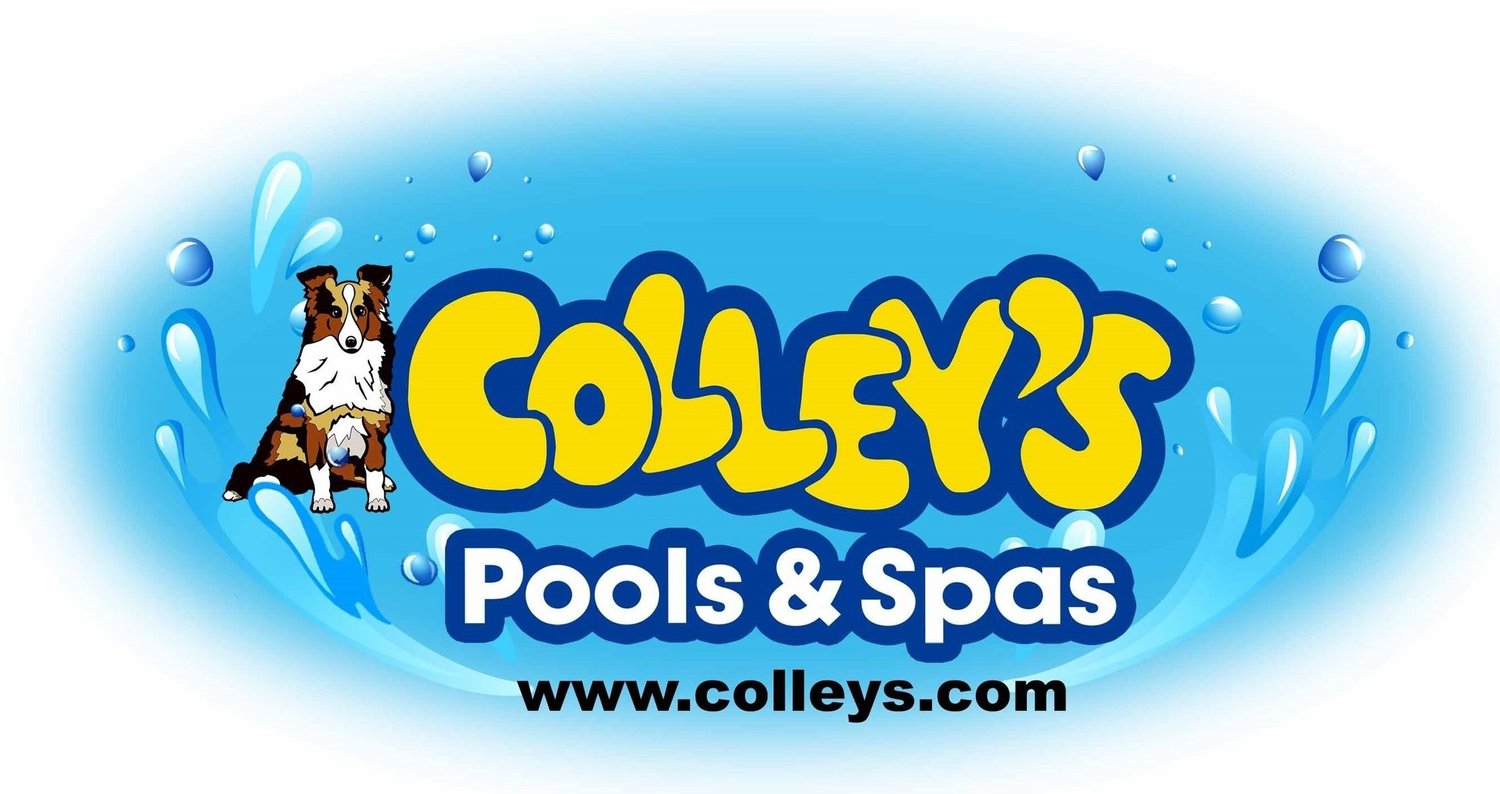Your pool pump is the central piece of equipment that allows the function of your pool filtration system. It keeps the water moving so that dirt and debris can be filtered out and so that your pool chemicals can do their job effectively.
Without a functioning pool pump, your pool water can quickly become stagnant. Keeping your pool pump functioning is essential to maintaining a clean and healthy swimming pool. By extension, knowing how to take care of your pool pump is also crucial so that you can avoid costly repairs and replacements.
We are often asked, “my pump isn’t priming, what do I do?” A pool pump often gets pockets of air trapped inside. Anytime that it is not operating full of water such as when the pool is closed down or re-opened for the season, there is a potential to get air inside the pump. Before you can operate a pool pump that has air in it, you will need to blow out the lines with water to get rid of any air and replace it with water. This process is priming the pump.
It is important that a pool owner should learn to prime their pump as operating a dry pump can lead to possible damage to surrounding fixtures. These devices are only to run when they are full of water.
Steps to Priming Your Pump
A precautionary first step may be to check your water levels, empty out your skimmer basket of debris, backwash (if you have a sand filter) or clean your filters (if cartridge).
1. Turn off the pump. Although your pump is probably already off if you need to prime it, make sure that the power button is truly in the off position or that power has been disconnected to the unit. Anytime that you are working with water and electricity, heed additional safety precautions before beginning your task.
2. Switch to recirculate. The multiport valve on your filter can be set to recirculate (or whirlpool on some filters) the water. This will bring water directly into the pump and then recirculate it back out into the pool. In the recirculate setting, the water bypasses the filter and goes directly into the pump to ensure that there is in fact, water in the pump.
3. Release air. Relieve excess air pressure in the lines by opening up the air relief valve located on top of the filter (if sand filter)
4. Clean out the pump basket. Remove any debris that has collected in the basket and rinse with a hose. Inspect for wear and tear and replace parts like o-rings as needed.
5. Fill the pump basket. Use a garden hose to slowly fill the pump basket and put the lid back in place.
6. Once the pump basket is filled and tightened, make sure the air release valve is open and turn the power to the pump on.
7. Check the water flow to your pump. Water should be consistently flowing within thirty seconds. If you do not have a consistent flow, turn the pump back off and repeat the previous steps. Thoroughly re-check all of your hardware for wear and tear.
Once the water is constantly flowing, close the air pressure release gauge (most commonly found with sand filters- other filter styles generally have a pressure release valve).

